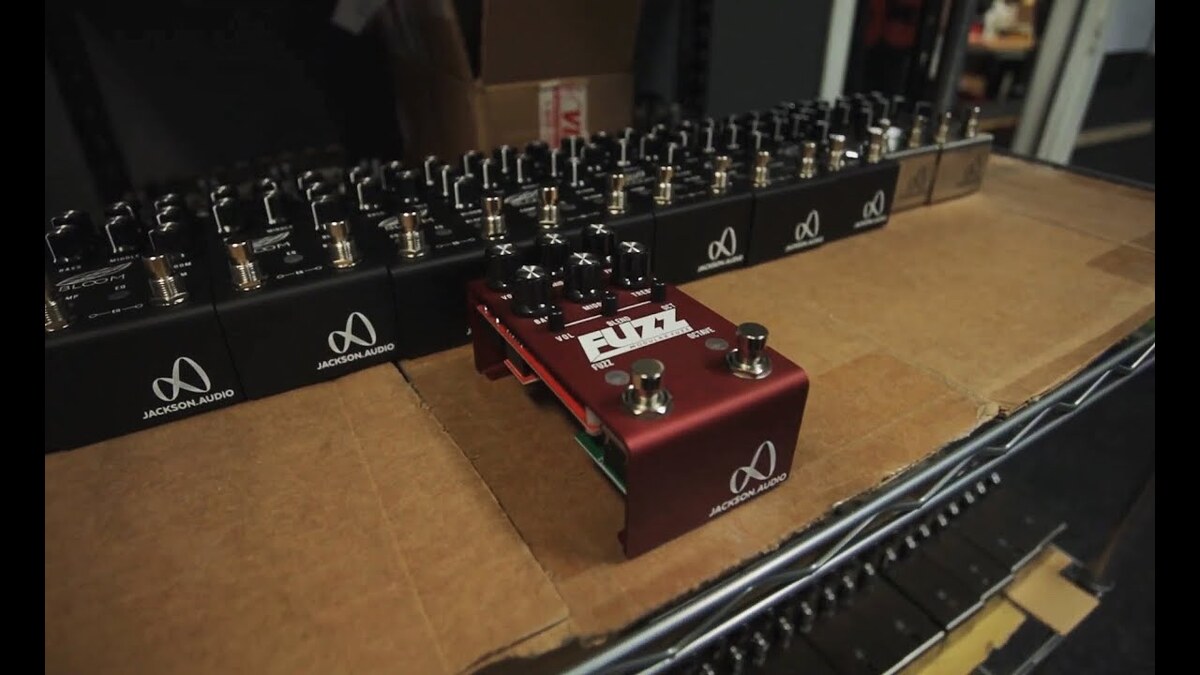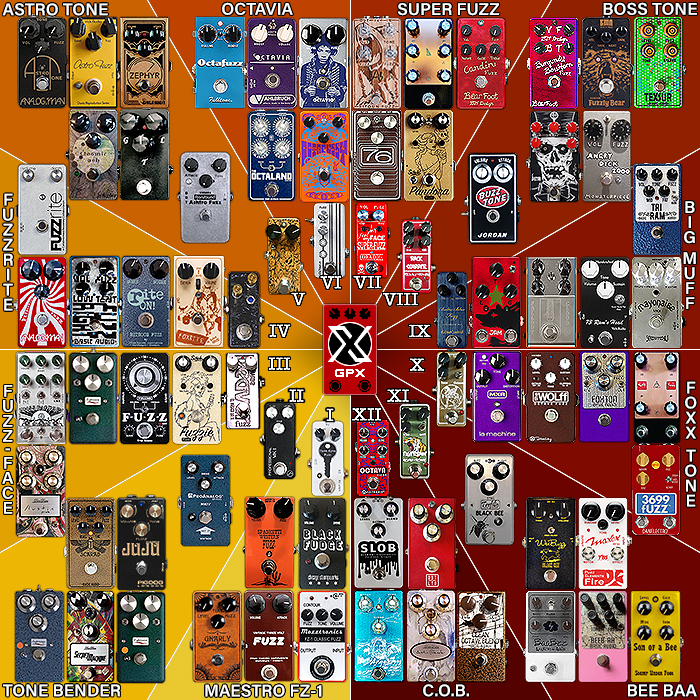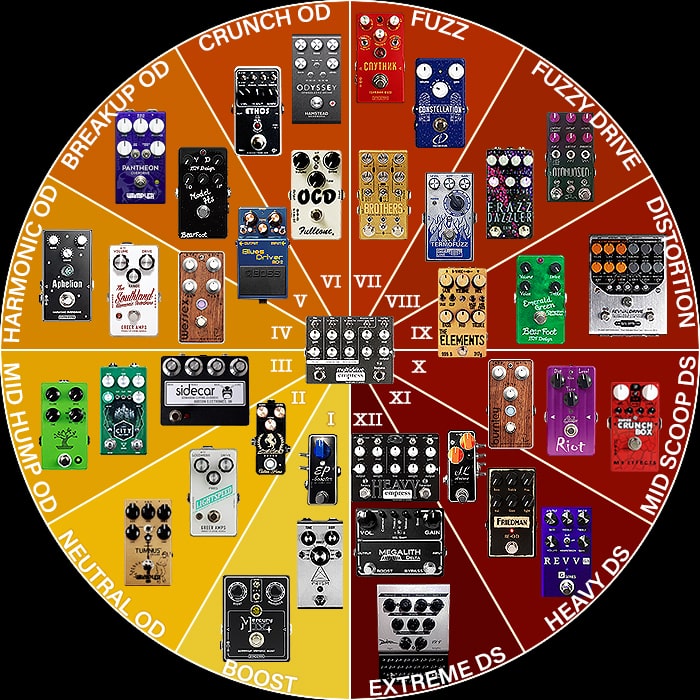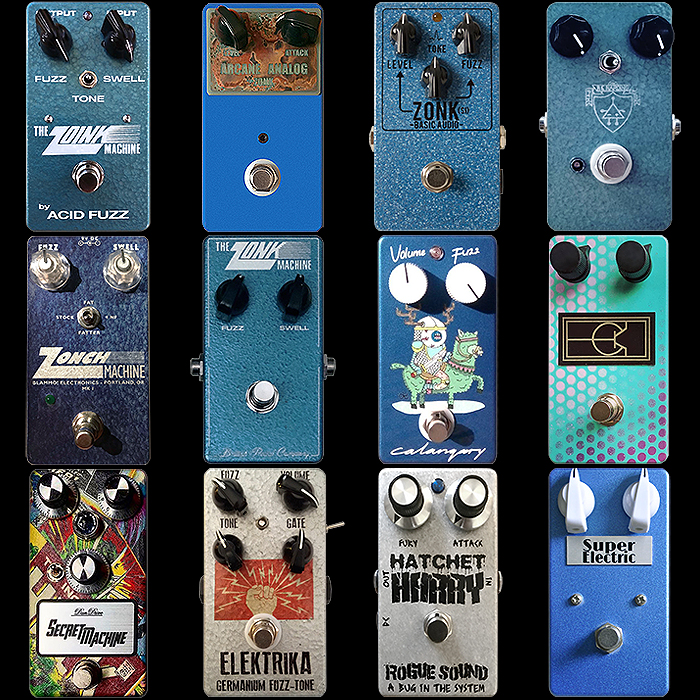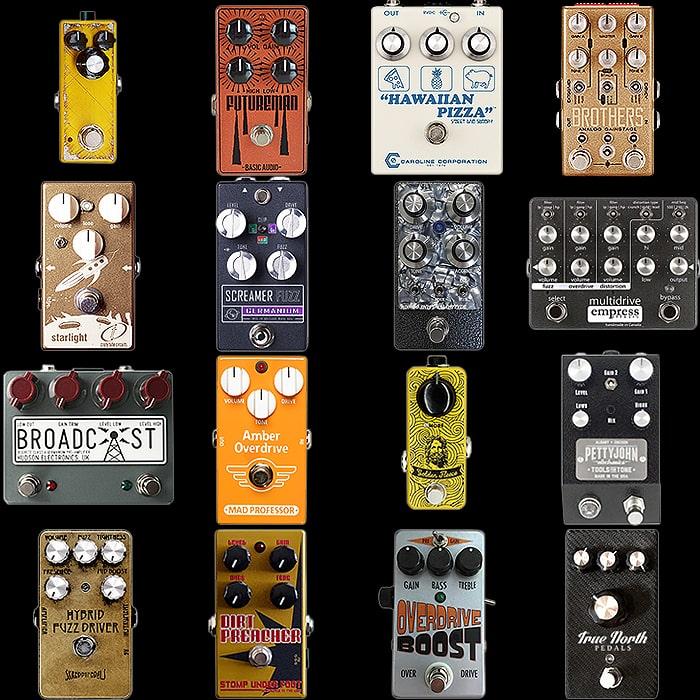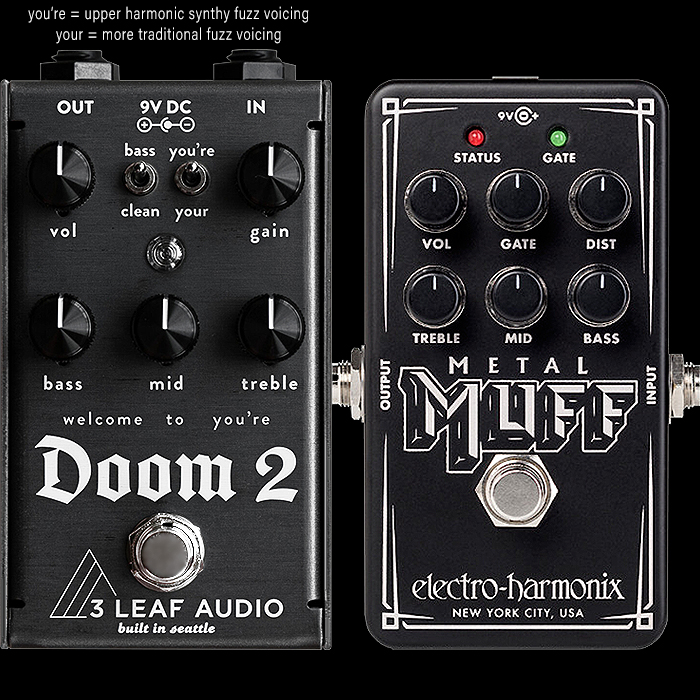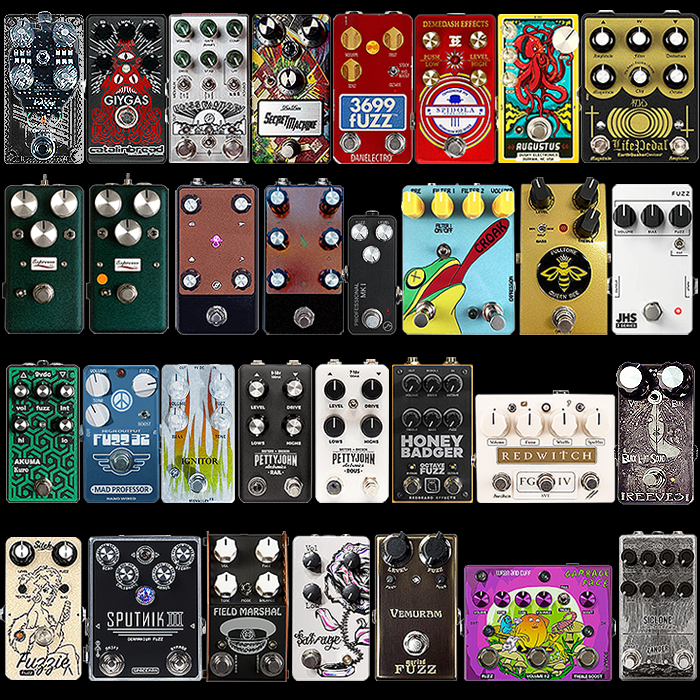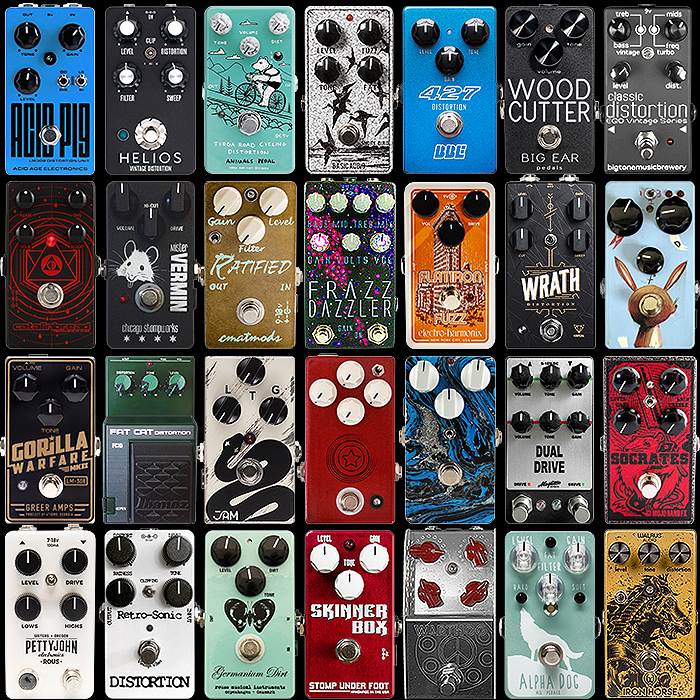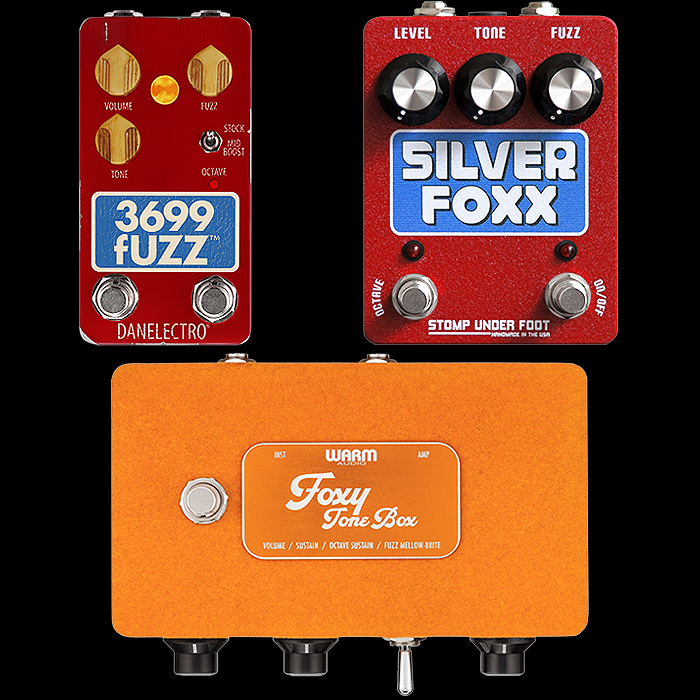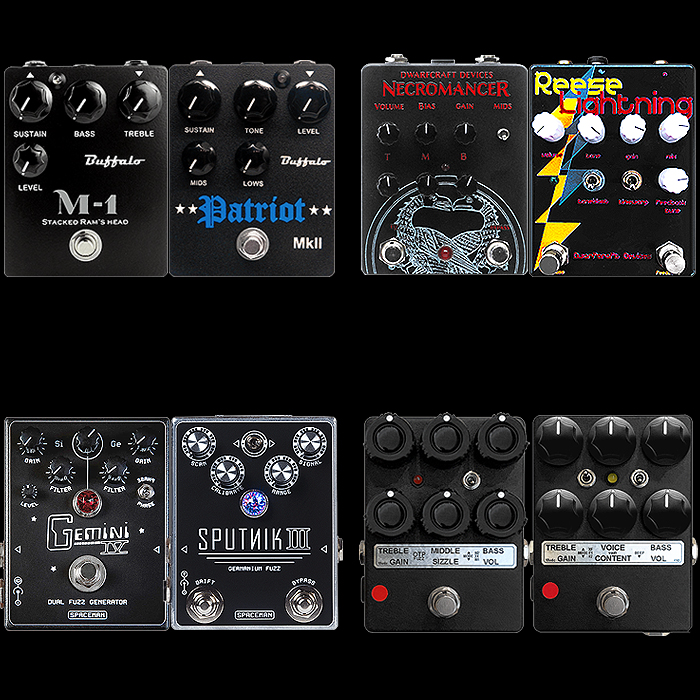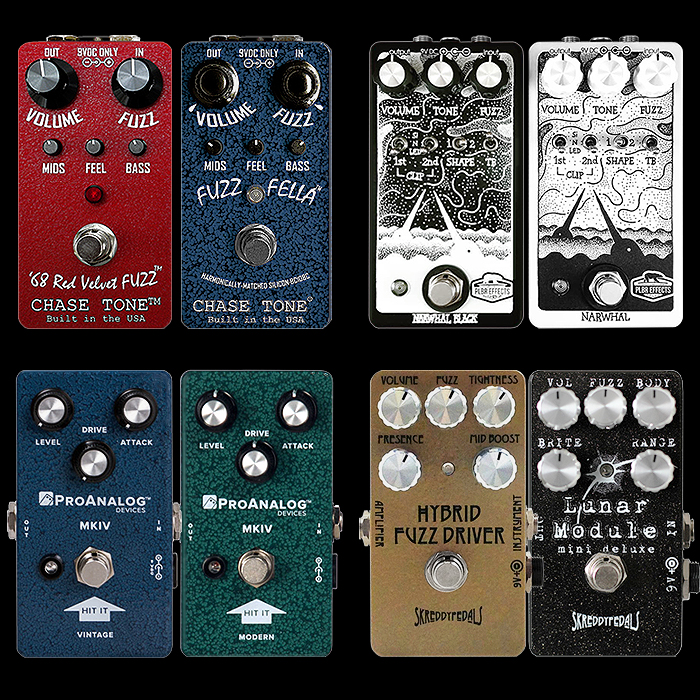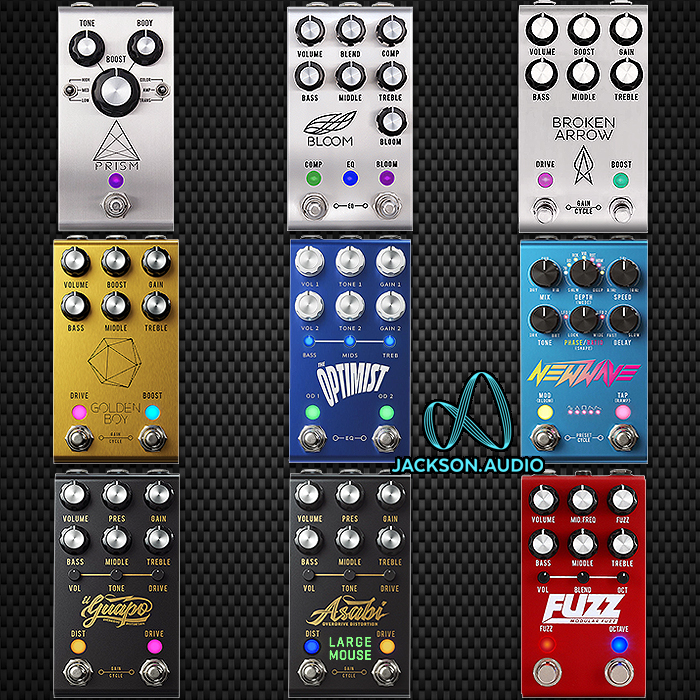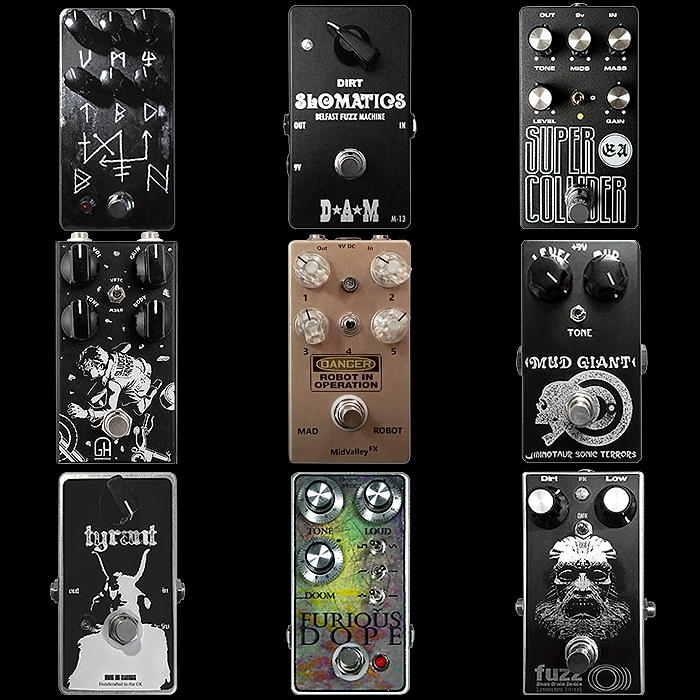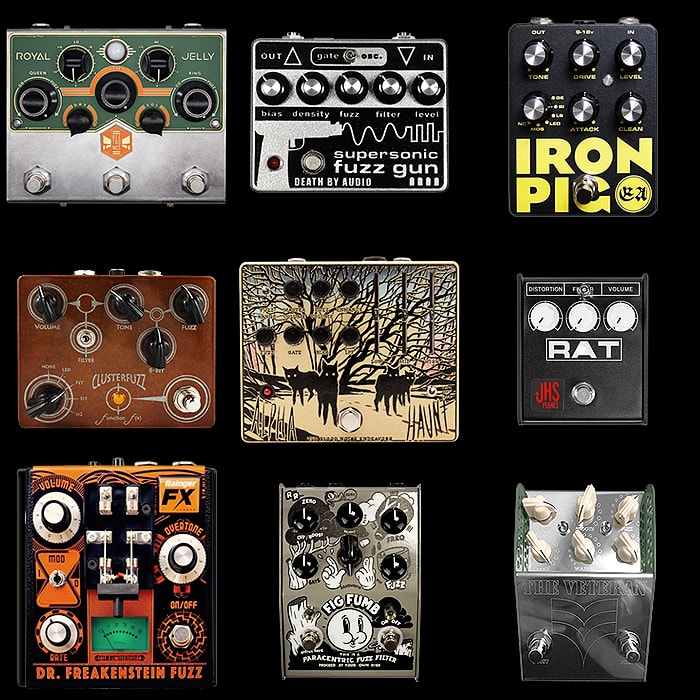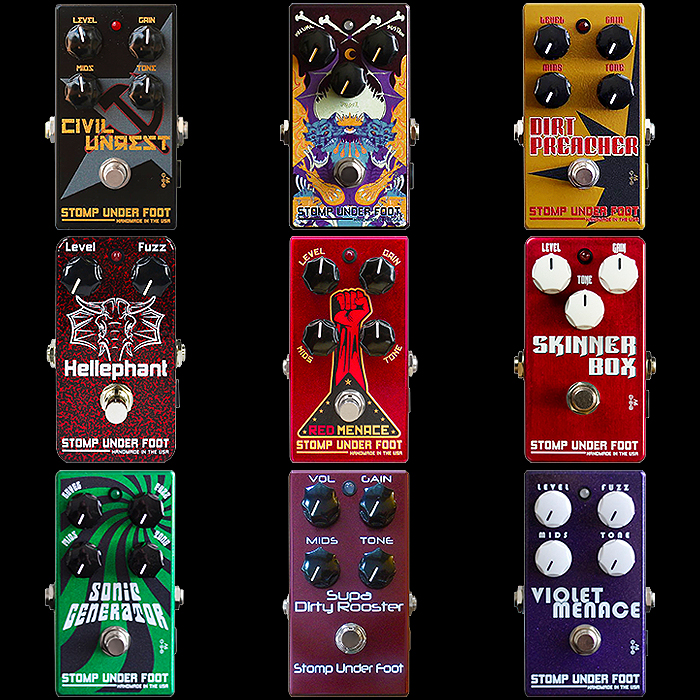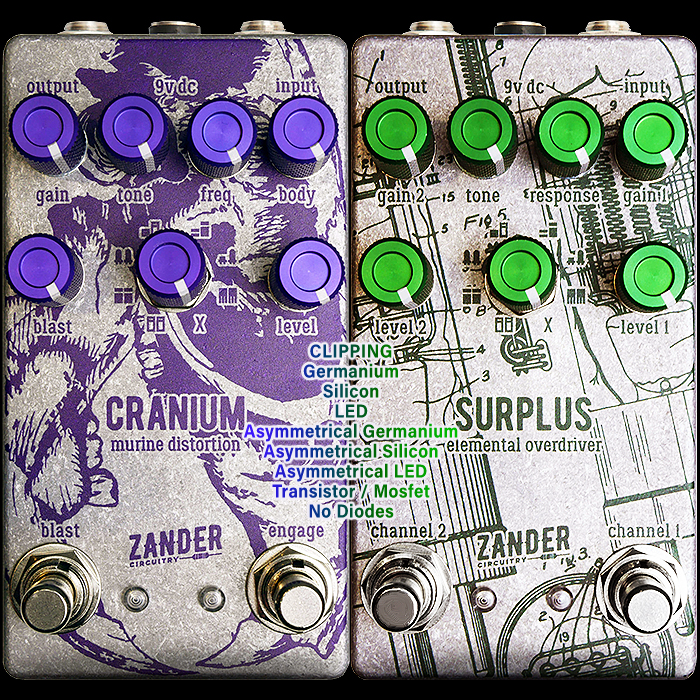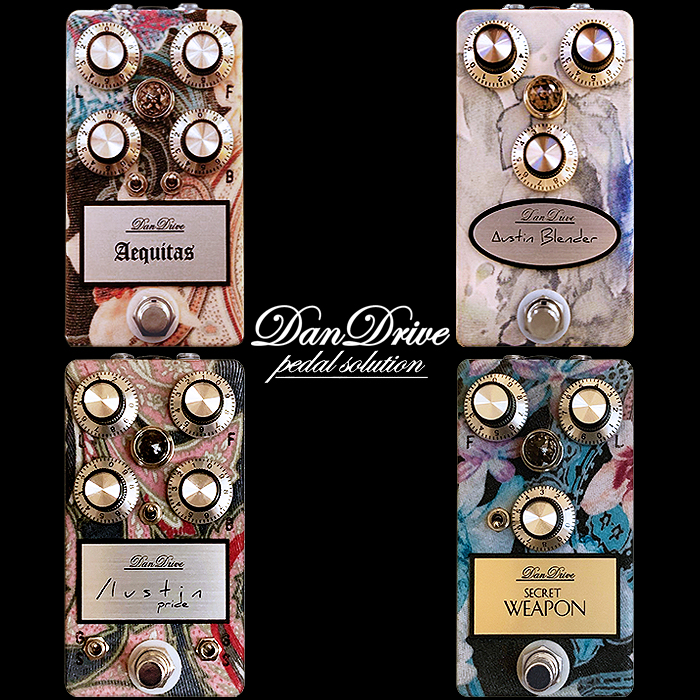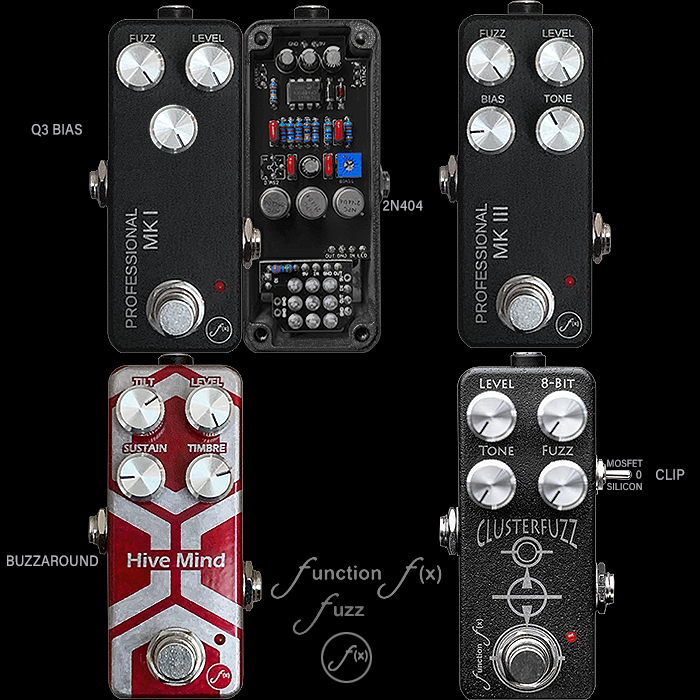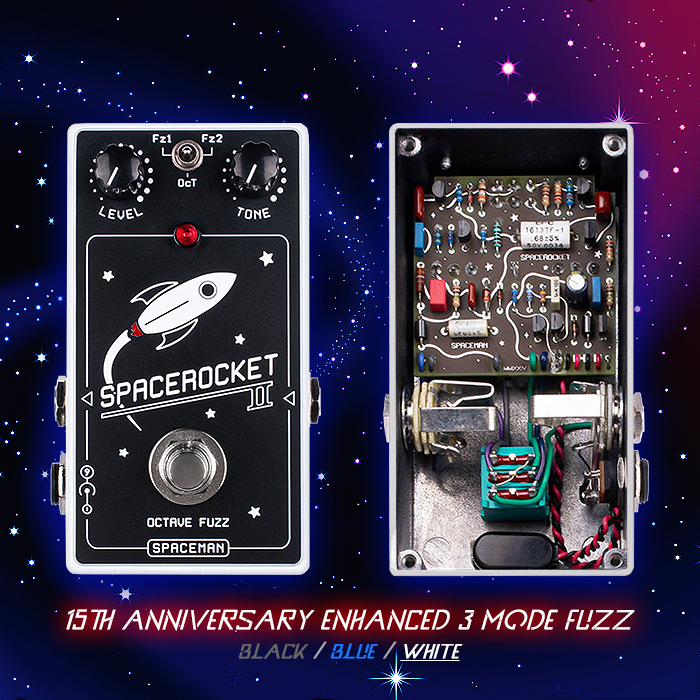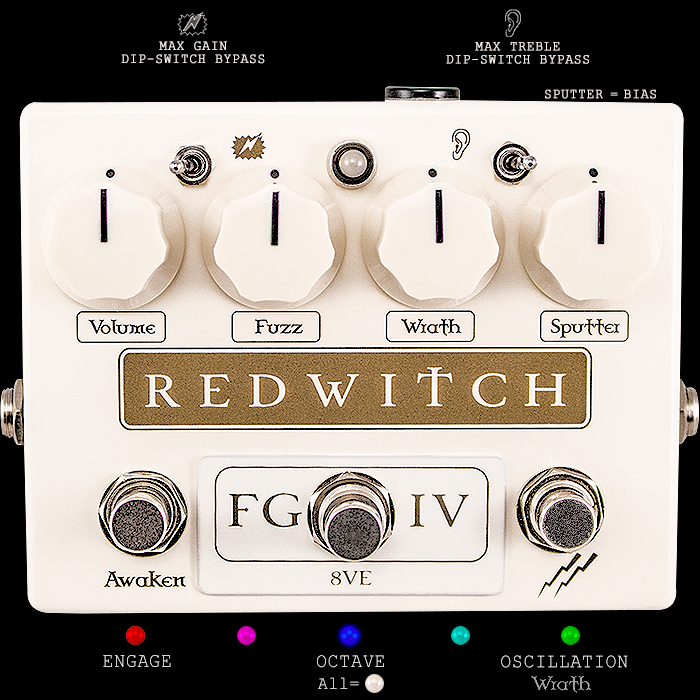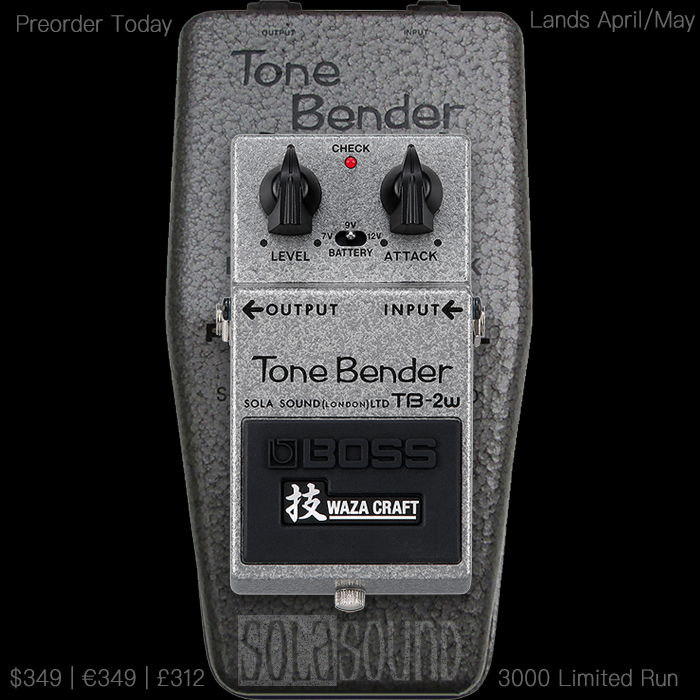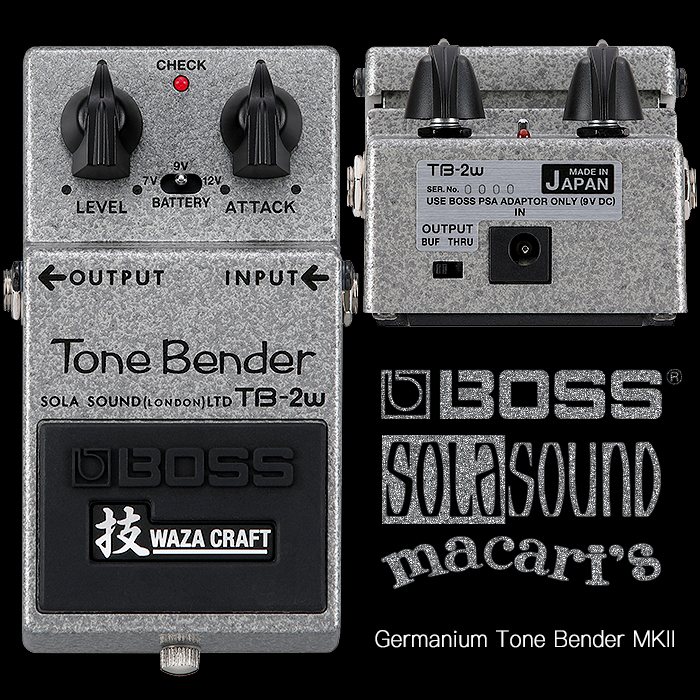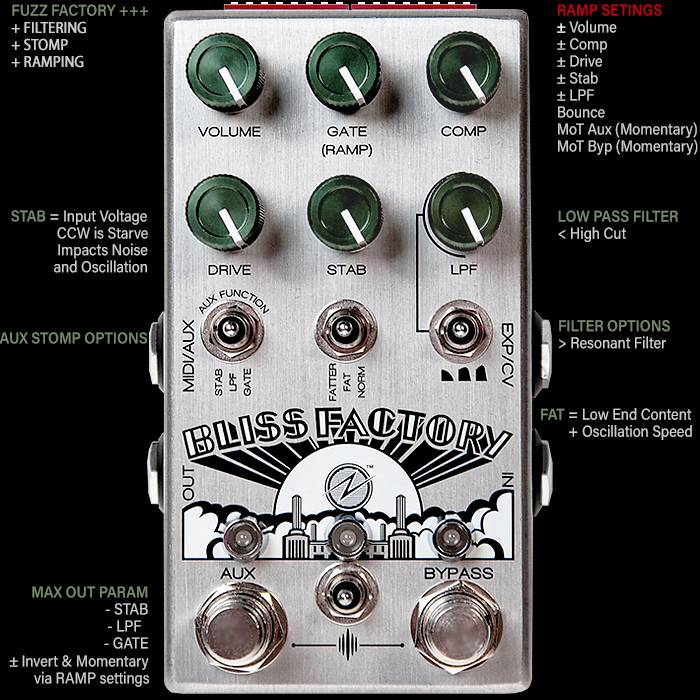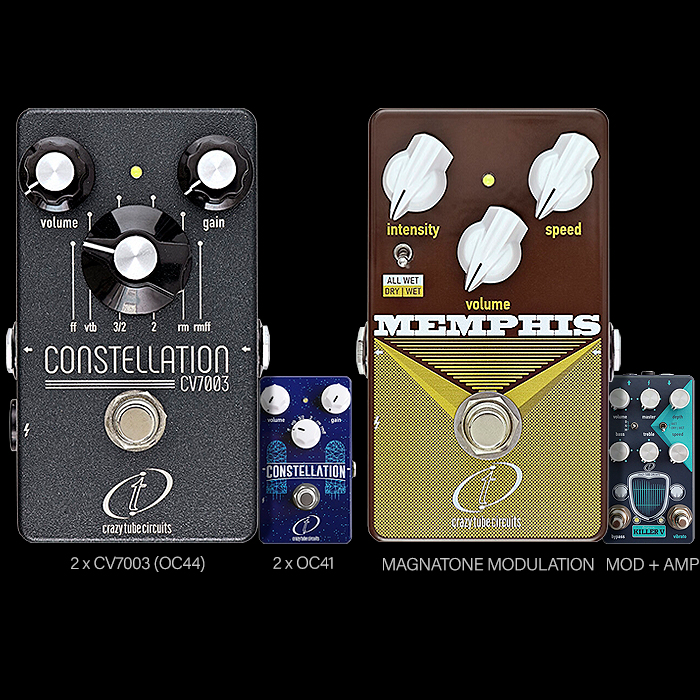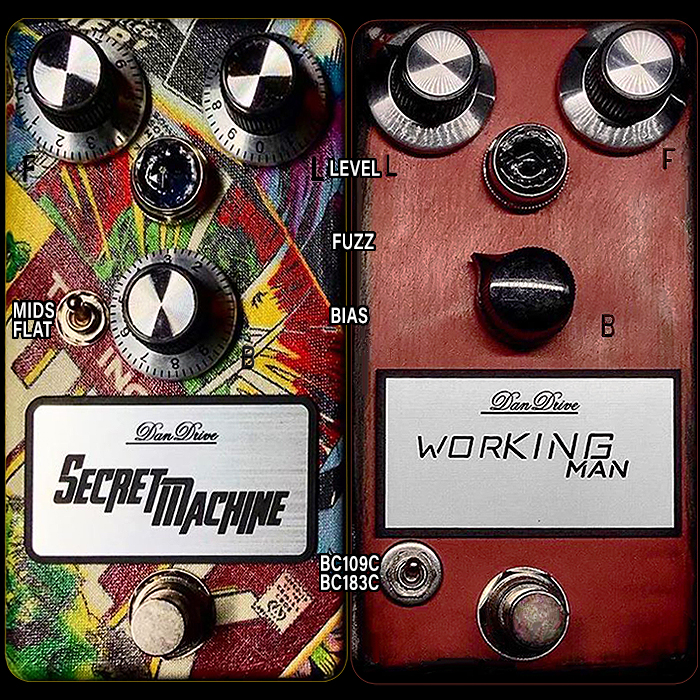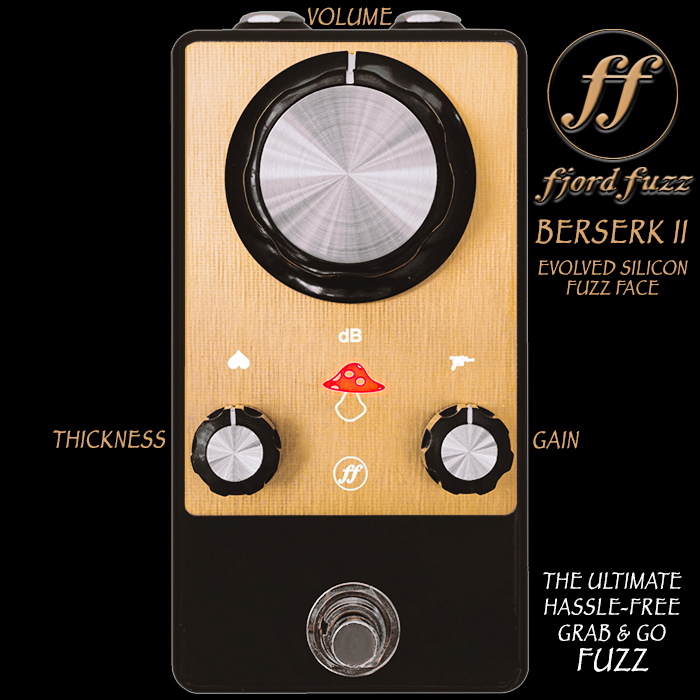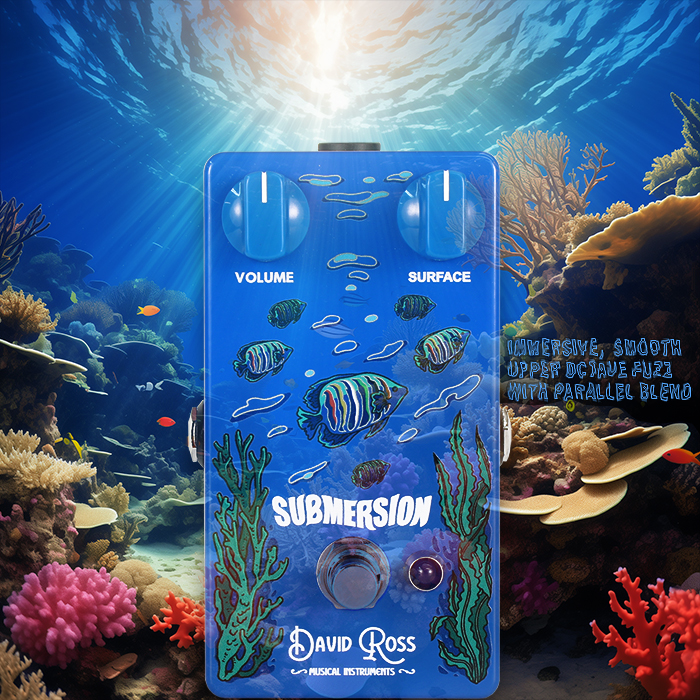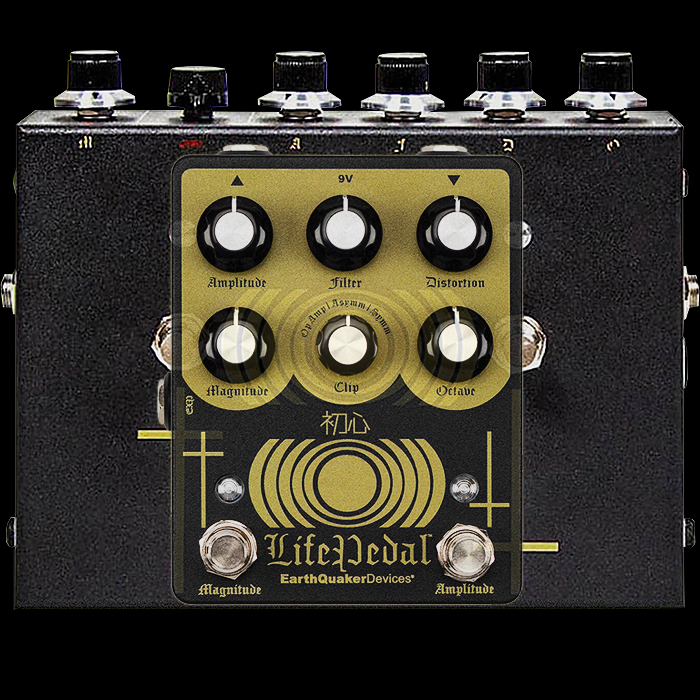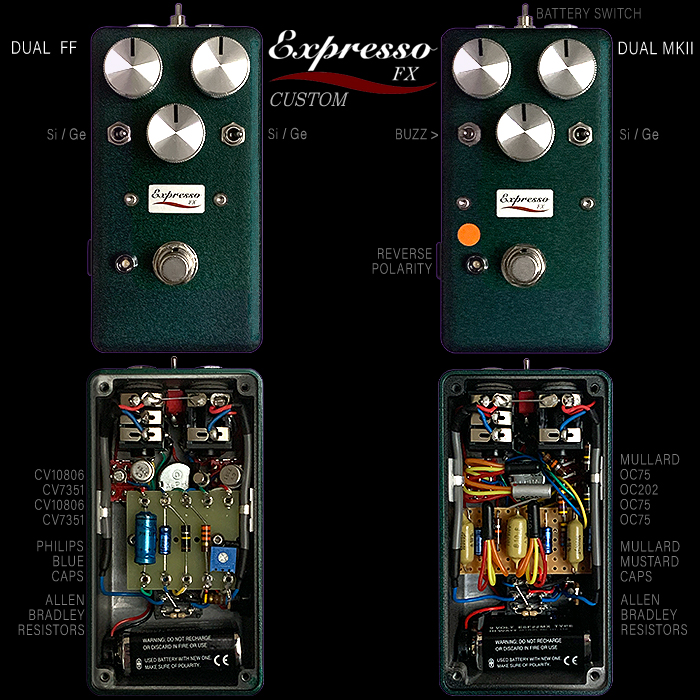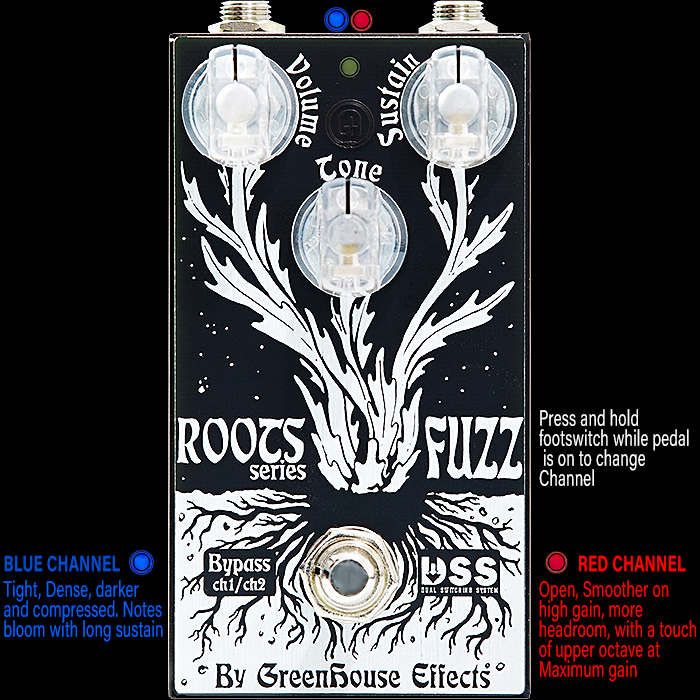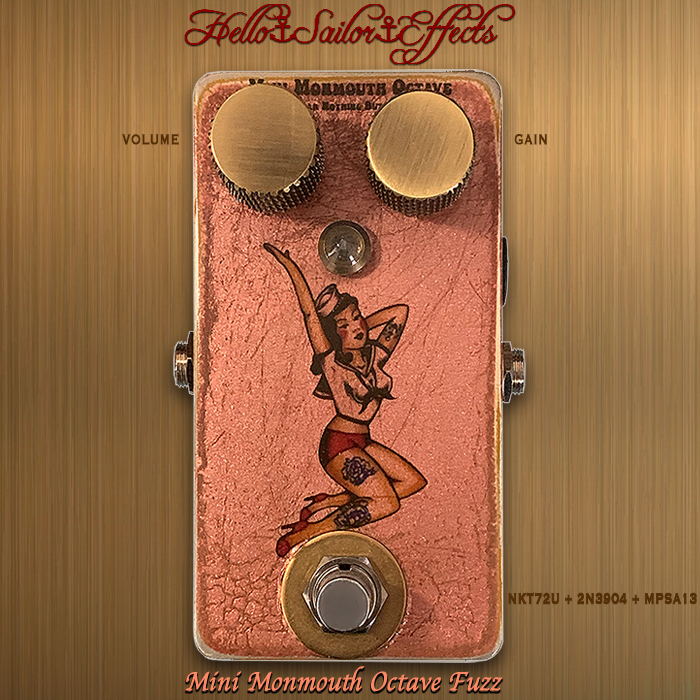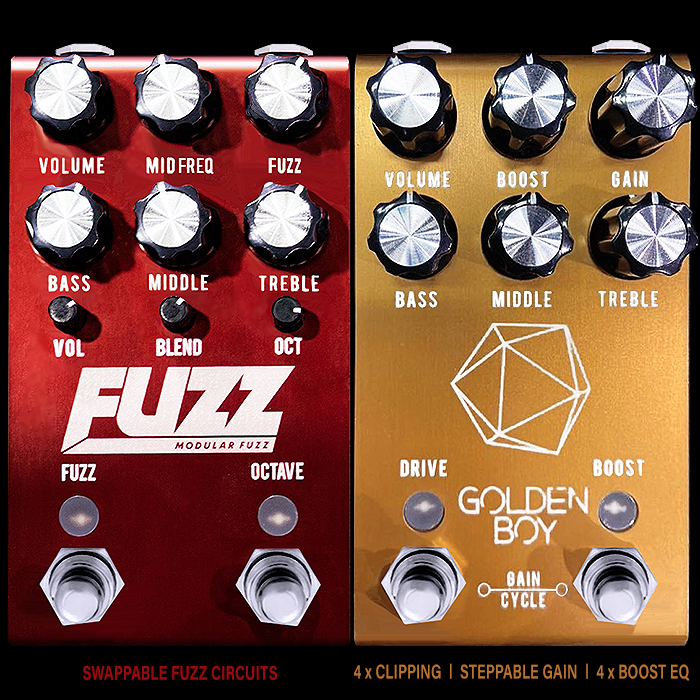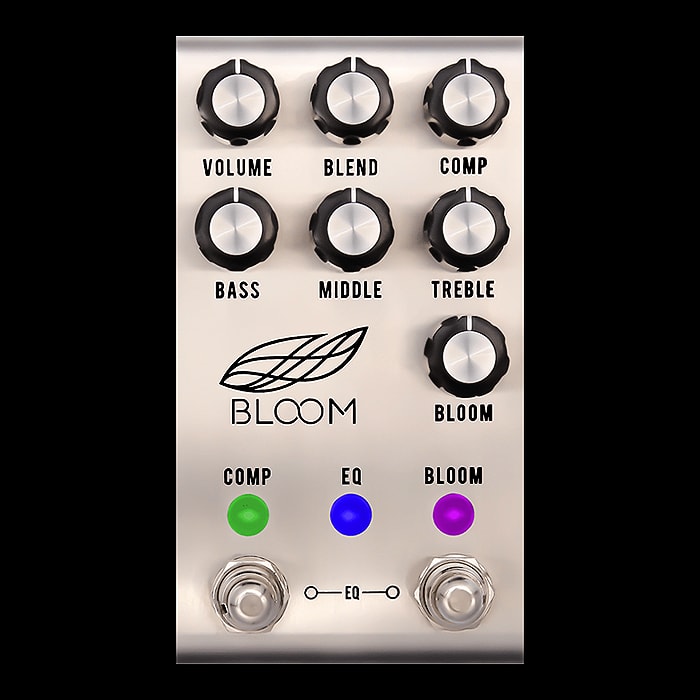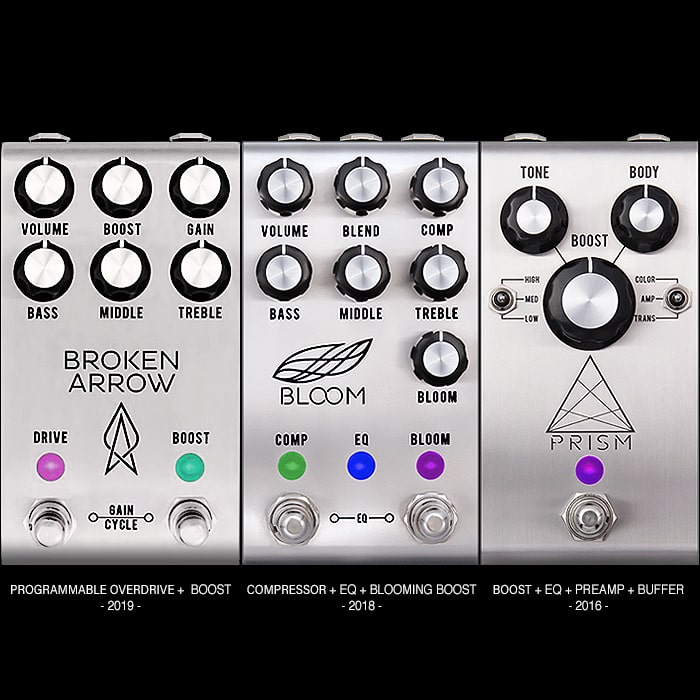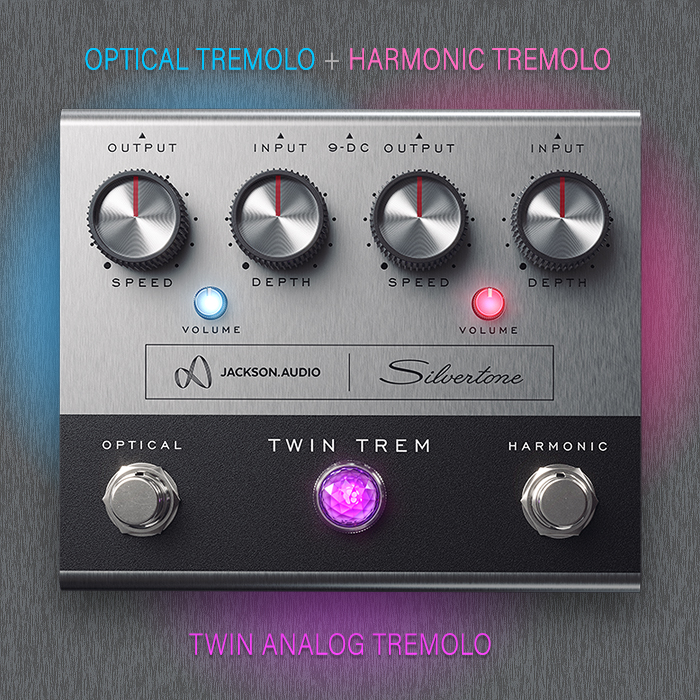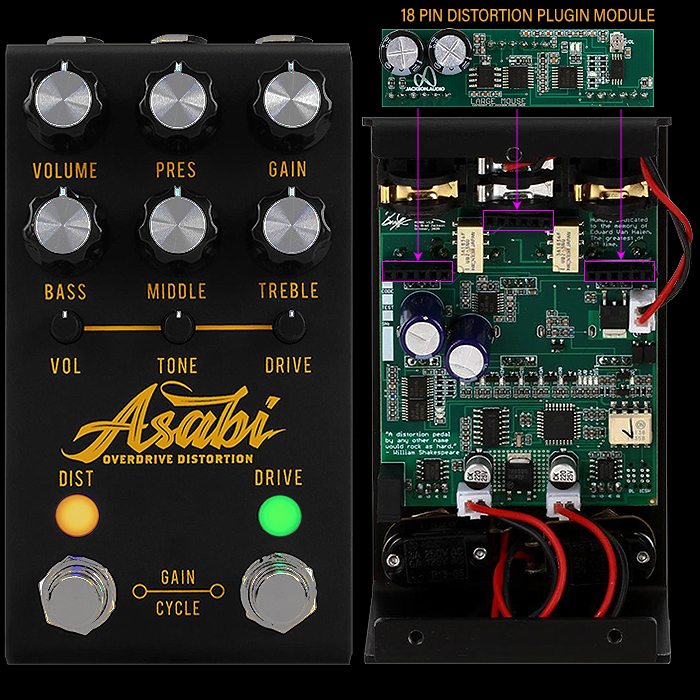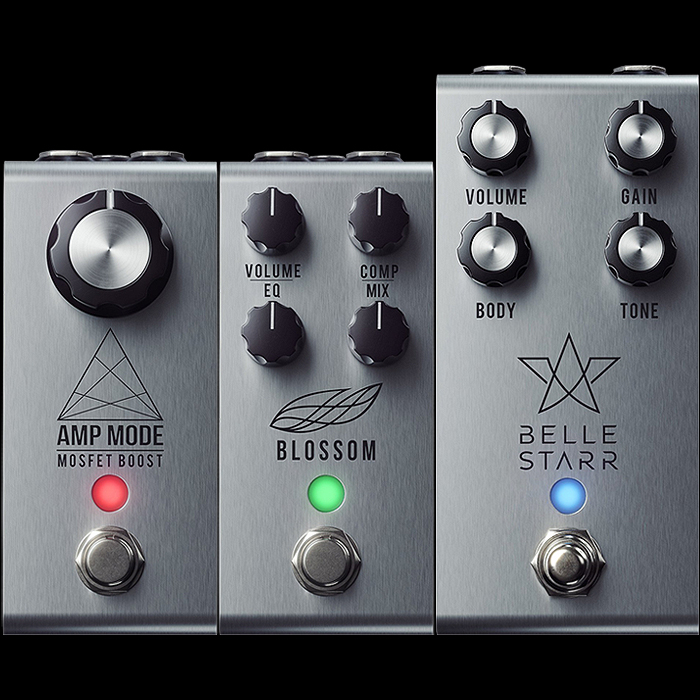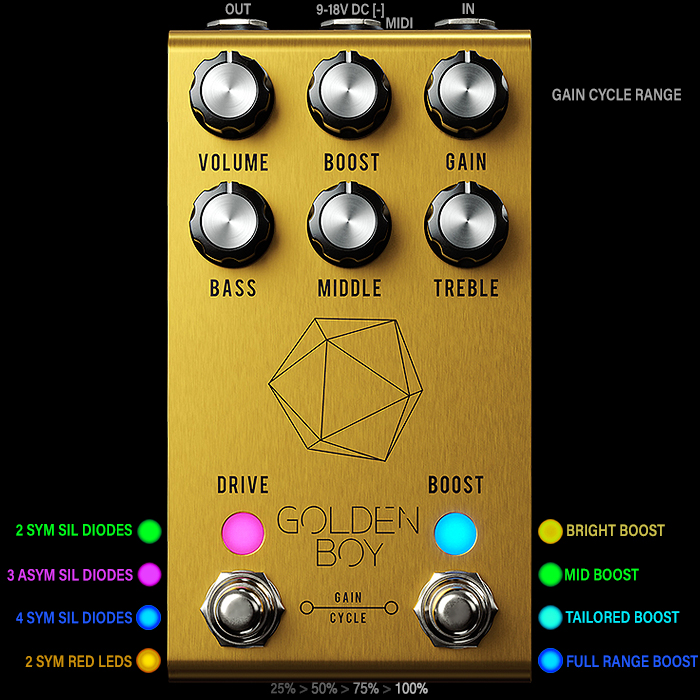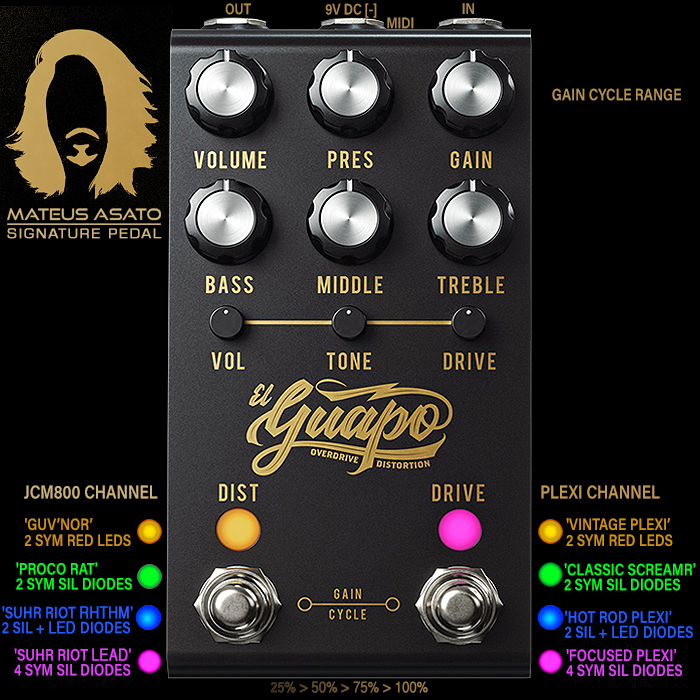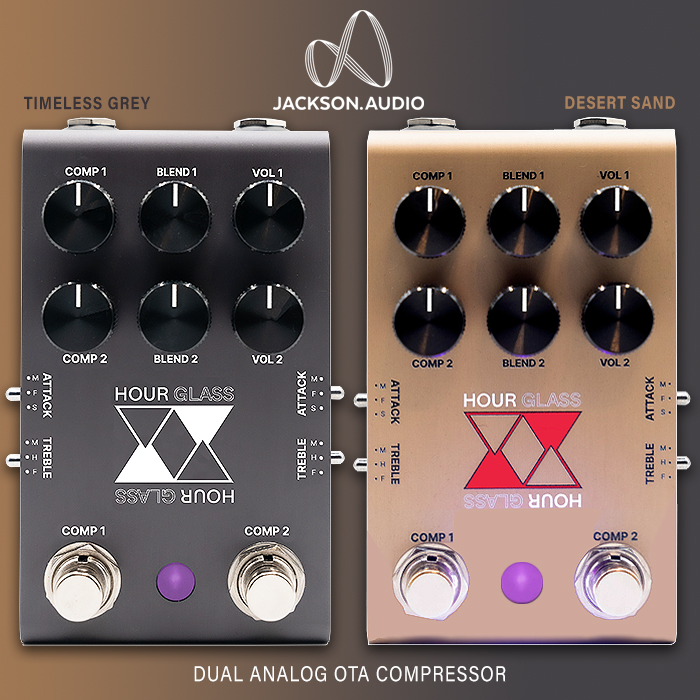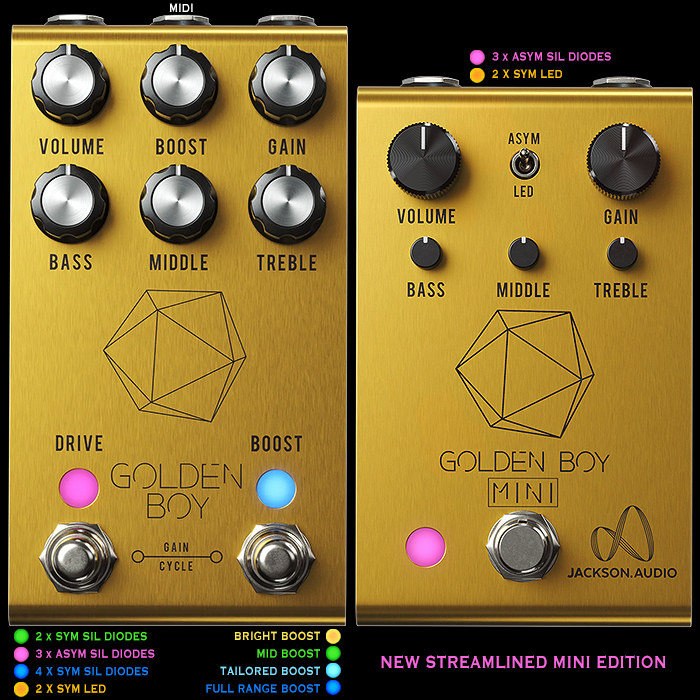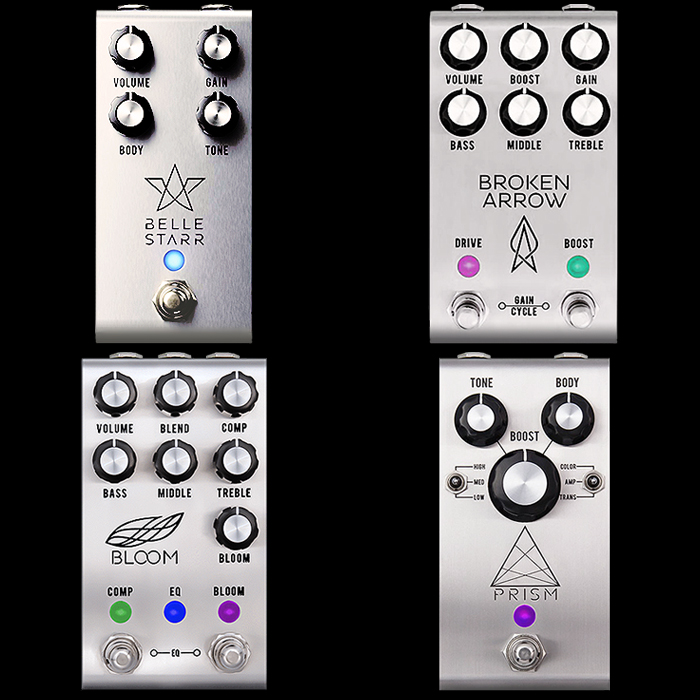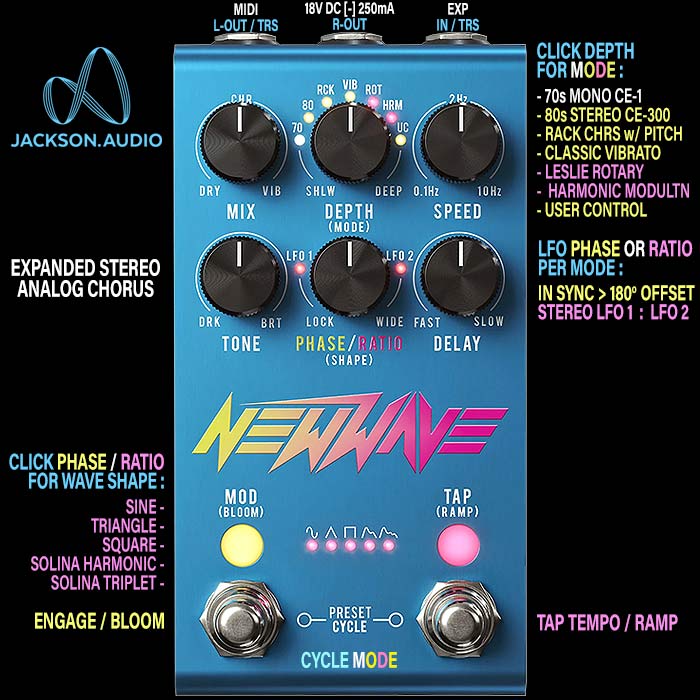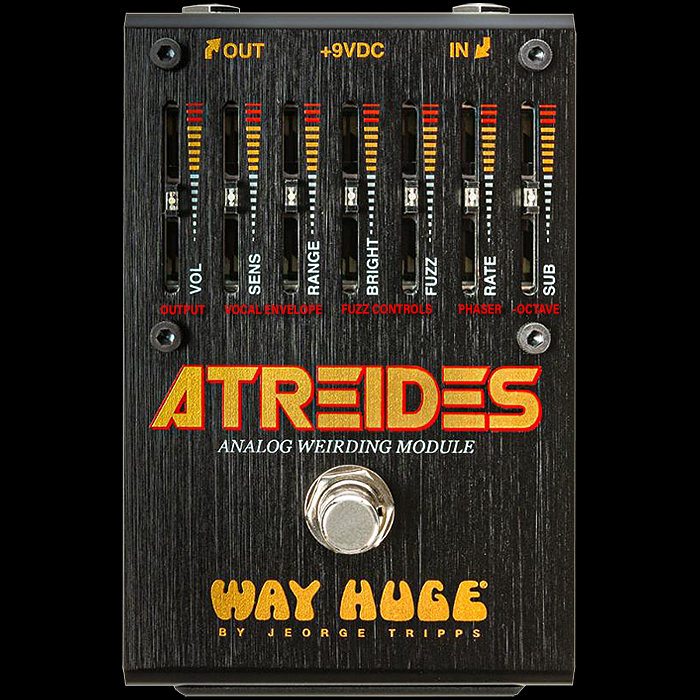Jackson Audio's Modular Fuzz Looks to give you Maximum Versatility from a single Fuzz Unit
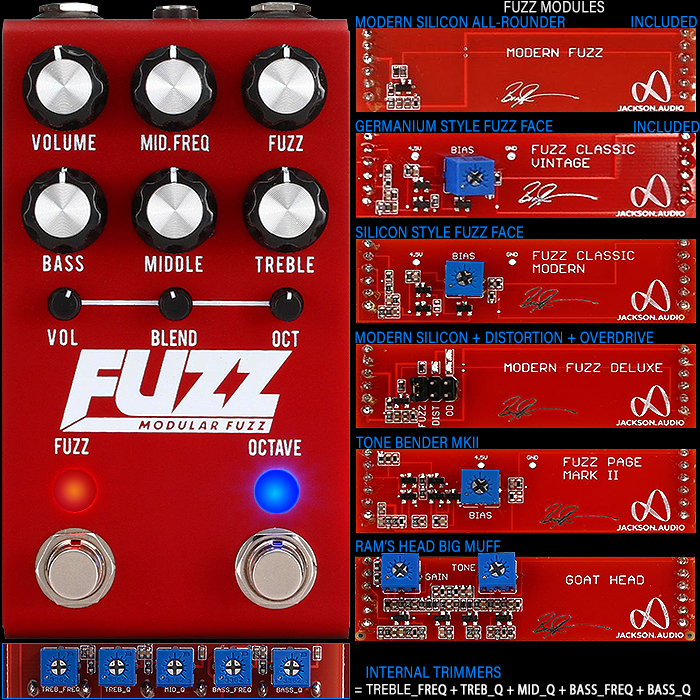
It is with a heavy heart I report that this will be the last Jackson Audio feature I include on this site. I had intended doing a full in-depth review of the unit and all 6 Plugin Modules. And in pursuit of such I tried to request some degree of accommodation / discount to help make this happen. After all $480 / £480 all in is a very significant outlay, and Guitar Pedal X is entirely self-funded. It’s quite normal in this industry to engage in a fair and equitable value exchange - as long as both sides are indeed fairly valued. I have been taught that it’s always OK to ask - the worst you would typically expect is a ’No’ or ’Not Right Now’! It seems my several unanswered requests for some degree of accommodation / consideration in this regard were apparently the final affront somehow - and I have been solemnly mandated to contact Jackson Audio no more!
For the record - I acquired their first 4 flagship units at full price (Prism, Bloom, Broken Arrow, and Golden Boy) - plus import charges etc. and all before Jackson Audio was properly stocked in the UK. Brad Jackson did gracefully gift me an El Guapo Distortion pedal which I am most grateful for - this has been my sole reward as such for 4 years of dedicated and loyal support.
I have promoted and endorsed said brand since their first launch - the Prism Boost in 2017. And this is the 50th and last article to proactively featured said brand’s pedals on this site. I will as always endeavour to make this review as balanced and objectively fair as I am known for, but am obviously unable to do a final reckoning or recommendation at the end - you will need to decide for yourselves based upon the facts tendered - as to whether this is genuinely something worth your while. I am only doing this review as several of you readers have requested it and I said I would oblige. Henceforth you will need to get your Jackson Audio fix somewhere else.
So the unit has some very interesting and intriguing elements to it - not least the 3-Band Parametric EQ with Q Bandwidth Trim-Pots for each EQ Control. How this is rendered is that on the pedal front / surface you have controls for Bass, Middle and Mid Frequency, and Treble - there are then 5 internal trim-pots, which sit just below the modular plugin - that cover the Q Bandwidth values for each Frequency Band, as well as Treble and Bass Parametric Frequencies. So this is very much the ultimate in tone-shaping - in fact I know of no other fuzz pedal which has 3-Band Parametric EQ plus Q-Control for each Band - certainly not in this compact format.
Note also the neatly incorporated Octave Element - triggered via second footswitch, and controlled with Mini Volume, Blend and Octave (Intensity) Knobs. This is supposedly an analog upper octave element - quite likely some sort of variant of Dan Armstrong Green Ringer effect/circuit.
I own a number of pedals with multiple internal trim-pots - it’s a methodology which Anasounds in particular use quite a lot - where I would really rather like more of those controls to be surfaced. Obviously with the Jackson Audio Modular Fuzz there is not sufficient real-estate to accommodate all those controls on the front panel - so understandably some have been relegated to the pedal internals. The scope for tone-shaping thus is immense, while the process is somewhat elaborate - kneeling down at your board with a tiny screwdriver in one hand, guitar in the other, and the pedal with its back plate off and that side facing upwards. Tweaking settings and controls in different places is inevitably fiddly - in fact from my own past experience it is something I like to do very sparingly - and thus I always seek out Alchemy Audio versions of pedals - with the trimpots and dip-switches externalised or externally accessible in some way like on Chase Bliss Audio, Vemuram, and newer Xotic Effects pedals. So the power and potential is obviously there, while the usability in such a situation can be somewhat challenging. And this is a marked departure from Jackson Audio’s typical ease-of-use footswitch-controllable pedals.
In tandem with the above concerns are the various Bias Trimpots - which would really have been best served externally too - for immediate and direct access, instead of being sited on the actual Modules - in some ways necessarily quite likely, but still somewhat clunky. I use the Bias pots a lot on all my main fuzzes (particularly Fuzz Faces and Tone Benders) - to sweep between gated / velcro / raspy and fluid open voicings. Once again in having those Trimpots internal - it means you are going to need to spend a lot of time with the back plate off the pedal.
The beauty of fuzzes is the range of voicings and textures they typically command - fuzzes are alive and dynamic and naturally predisposed towards organic fluid changes - you certainly don’t want to simply set and forget. That said - these are all seemingly silicon transistor fuzzes - where Biasing is somewhat less critical - especially as compared to Germanium varieties. So all these calibrations are great to have, while the internal stuff is somewhat fiddly to access and also when you tweak voicings you will be applying front-panel settings too - which can make this process a little more complex than it needs to be. I would also note the somewhat fiddly mechanical process of moving a jumper cap around on the Modern Fuzz Deluxe Module in order to select individual Fuzz, Distortion or Overdrive voicings.
Onto the various Plugin Modules - obviously all seemingly silicon transistor SMT circuits - with those teeny tiny components. We already know from MXR’s Brown Acid Fuzz, and JHS’s Legends of Fuzz Series that you can get pretty decent voicings with SMT parts - yet as per my JHS Legends of Fuzz review - while Silicon Fuzz Face and Silicon Big Muff are relatively easily matched (or close enough) - you cannot properly adequately utilise those generic silicon SMT transistors to fully generate those more complex Germanium harmonics which bloom, and ebb and flow like a living creature. The advantage of those NOS Mojo Transistor fuzzes are those beautifully nuanced textures which seem to have a life of their own. Silicon is generally much more linear and predictable which of course has its own benefits as well as disadvantages. We know that the Modern Silicon Fuzz Voicing is very decent, as are the Fuzz Classic Modern and Goat Head - while the Fuzz Classic Vintage and Tone Bender MKII may not be close enough for some to those Newmarket NKT275 Cans, and Mullard OC75 Glass Bulbs.
From Jackson Audio’s perspective, and as Brad highlighted himself - it doesn’t make sense for them to make fully separate fuzz pedals for all those different fuzz types, while $50/£50 Plugin Modules make it possible to provide many more varieties cost-effectively. From a Fuzz Unit perspective there is no operational advantage necessarily in having several modules in this manner- as you can only deploy one at a time - and it’s not like the Cooper FX Arcades with its easy-access front-loading slot.
So you have the maximum amount of controls for ultimate tone-shaping ability - while you can only shape that sound which is internally generated by those SMT components - which may not be quite as harmoniously pleasing as you would get from the actual original NOS transistor pedals. I really like the modernity and utility of this setup - while the fact that you have controls spread across 3 different surface areas might prove problematic for some. This has a lot of validity as one of those all-rounder Silicon Fuzz Pedals I’m so keen on - but I undoubtedly have a number of higher calibre hand-wired fuzzes already amongst my collection of 270 fuzz pedals. I certainly don’t need another fuzz pedal - I already have multiple examples of each of those flavours - and like I said - utilising proper Mojo parts.
It’s a shame that I can’t do some better benchmarking here to discern what the exact degree of overlap for each of those Modules is - and how close they actually come to the original source pedals and circuits - utilising full-size Mojo parts. I can only guesstimate here that similar to JHS’s output - the original silicon pedals can be fairly decently matched while the originally Germanium varieties - Fuzz Classic Vintage and Fuzz Page Mark II - might not quite reach those lofty heights.
So the final trade-off is really between ultimate tone-shaping and ultimate tone creation / generation. The Modular Fuzz certainly has the former - albeit in a somewhat fiddly fashion as detailed, while it is somewhat questionable as to whether it fully meets the remit of the latter.
What are your thoughts on the Modular Fuzz?
Demos and Sound Samples
